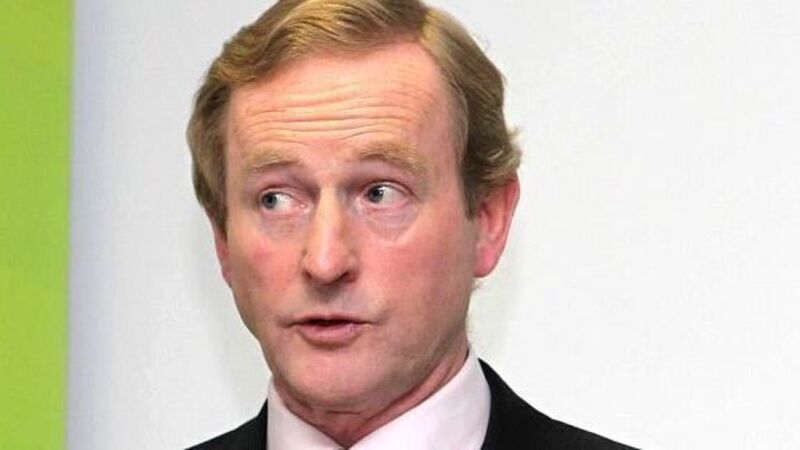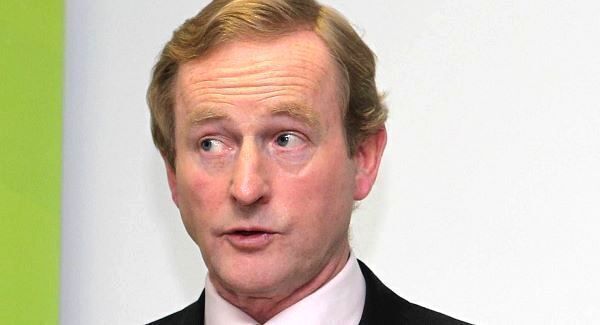‘Considerable workload to be delivered’ by new agency

A. There are 4,300 local authority staff employed on the water network at present. Almost 300 Irish Water appointments have been made to date, of which about half are drawn from the local authorities, Bord Gáis, and the Department of the Environment, Community, and Local Government. It is expected that about 500 people will be employed by Irish Water by April.
A. Irish Water has signed service level agreements (SLAs) with each of the 34 local authorities which mean the latter will act as “agents” for the former. The SLAs outline how water and waste water services are to be provided by each of those local authorities on behalf of Irish Water. Each SLA contains a requirement for an annual service plan detailing what work is to be done in that local authority over the course of each year.
According to Irish Water: “The staff employed in water services remain employees of their respective local authority. Staff will continue to be managed locally by the local authority management.”
A. An Irish Water spokeswoman said it is responsible for “operational management of the water system including capital planning, maintenance, billing and customer care”.
A. In a presentation to an Engineers Ireland seminar last March, Noel O’Keeffe, Cork County Council’s former county engineer and director of water services who became a part of the Irish Water programme, said:
* Irish Water’s regional offices will make decisions on business policy, rules, capital spending and issues escalated to it by management of local operations.
* Day-to-day decision making within business-as- usual operations will be delegated to local management, controlled by business rules approved by Irish Water.
* Performance against SLA and other operational key performance indicators (KPIs) under the SLAs will be reported upon daily to regional management.
* Water treatment (operation and maintenance of treatment plants and reservoirs).
* Water network and related operations (management of water supply, leak detection, repairs and maintenance).
* Waste water treatment and related operations (operation and maintenance of treatment plants and pumping stations).
* Wastewater network operations.
* Sampling and testing.
* The delivery of capital works.
A. According to Irish Water, you still get on to the local authority in both those situations.
A. Irish Water says it is costing €1.2bn every year to run the public water system, with €1bn coming from the exchequer. “The new funding model, based on revenue collection and reinvestment, will ensure the public water system can meet the challenges of the future and deliver standards of which we can all be proud,” it claims. The “revenue collection” is again coming from our pockets, this time not through our taxes but through water charges. According to the Department of the Environment, further savings will come from “access to funding on capital markets” and “efficiency gains”.
A. There has been repeated suggestions that the number of staff required is closer to 1,700 — half of the 4,300 currently employed. Worker representatives argue the 1,700 figure is unrealistic. They say that if that many had been taken on from the start it would have cost the State even more because further expertise would have had to been hired in from outside at a greater cost.
Irish Water itself has said that under the SLAs, each year the numbers will be reviewed as part of the annual service plan with each local authority.
However, it says itself there will be no compulsory redundancies. It cannot be forced to leave under the agreed terms before 2026 — that being said staff in local authorities in general only have protection from compulsory redundancy until 2016 or the end of the Haddington Road Agreement. That means that the pool of local authority workers available to Irish Water will be determined by the Government and not by Irish Water.
Instead Irish Water is hoping to reduce the number of staff through retirements — over half of the workers on the network are over 50 — and through voluntary redundancies. It has, however, insisted that “given the amount of improvement works and capital delivery projects required on the network, there is a considerable workload to be delivered”.
A. According to Environment Minister Phil Hogan, no exchequer funds were provided to Bord Gáis or Irish Water for establishment costs 2012 or 2013, though between those two years, €15.7m was paid towards the water sector reform programme.
Irish Water will receive €730m in 2014 from the exchequer — €240m in “equity” from the finance minister and €490m from the Local Government Fund. The minister said the €490m “will fund water-related expenditures incurred heretofore by local authorities. These expenditures were previously met by local authorities from their own resources and general purpose grants. Within this overall framework, the agreement of budgets with local authorities and the payments for services provided are matters for Irish Water.
“The annual financial statement of each local authority for 2014 onwards will explicitly detail the cost of services provided to Irish Water and the related payments received in each financial year.” The Government has not decided on the budget it will give Irish Water in 2015 and beyond.

* “Let me assure everybody that what’s involved here is setting up an entity that will provide proper levels of water of the highest standards both for businesses and consumers and reduce costs of over €1.1bn over the next seven years.”
* Irish Water “will be a national flagship of high quality and integrity”.
* “I take full responsibility on behalf of the Government for the policy decision to shift from 34 individual local authorities providing this service to a single utility doing so, with a saving of €1.1bn over the next seven years in operating costs.”
* “Irish Water was set up by a government decision to provide a single utility to take over from 34 local authorities and deal with the situation that has arisen in recent years in the context of the supply of quality water, the capacity, and standard of that supply and so on and the opportunity by so doing to extract and save €1.1bn in operating costs over the next seven years.” Jan 21, 2012
* “This is a public utility in public ownership, therefore, there is nothing that should be secret about it and there is nothing that will be secret about it.”












